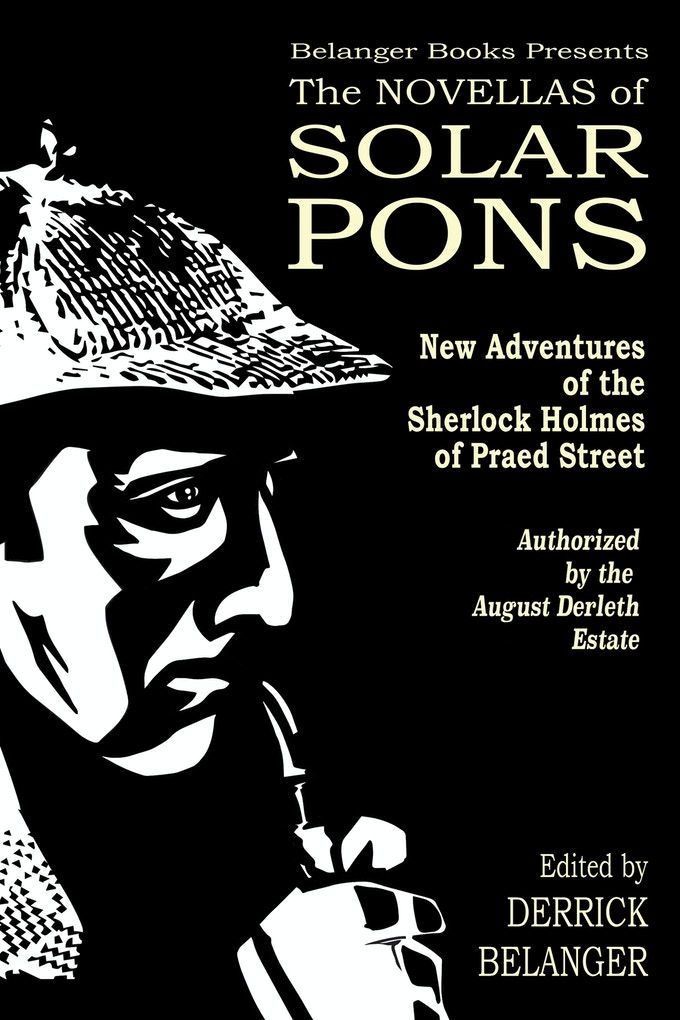- Nick Cardillo
- Aug 22, 2023
- 1 min read

It has been over a year since I posted here, so I figured I should return with some good news. My Internet friend Jim Noy - blogger at The Invisible Event, author of The Red Death Murders, and host of the In GAD We Trust podcast - recently reviewed The Improbable Casebook of Sherlock Holmes:
Many thanks to Jim for his kind words!
I hope to be in touch soon with further exciting updates!


